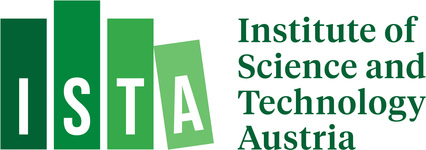Welcome to the Polshyn Lab!
We investigate emergent electronic phenomena in 2D materials
The group has openings for postdocs, graduate students, and interns!
Electrons confined to two dimensions can behave in unique and fascinating ways. For example, the quantum mechanical motion of electrons in certain 2D materials can acquire striking collective characters. These emergent strongly-correlated electronic states manifest topological order, superconductivity, magnetism, and other electronic orders. The Polshyn Group experimentally explores such novel electronic states and investigates their fundamental properties.
Graphene and other van der Waals (vdW) materials open exciting opportunities to create new 2D strongly-correlated electronic systems. Combining atomically-thin crystals of these materials in different ways allows one to efficiently tune the strengths and character of the electronic interactions. The Polshyn Group uses advanced nanofabrication techniques to create clean and exceptionally tunable devices of vdW materials. The group employs ultra-low-temperature electronic transport measurements, scanning probe microscopy, and other experimental techniques to uncover the physics of the correlated electrons harbored in these devices. The group’s research aims to answer fundamental physics questions regarding exotic electronic states and establish the physics background for conceptually new electronic devices and qubits.
Follow us on X (Twitter) @PolshynLab
Institute of Science and Technology Austria is a PhD granting research institution dedicated to cutting-edge research in Physics, Mathematics, Chemistry&Materials, Computer Science, and other disciplines. The working language of ISTA is English. The campus of ISTA is in the historic city of Klosterneuburg, on the picturesque outskirts of Vienna – which has been voted as one of the most livable cities in the world. Vienna’s beautiful downtown and the Vienna International airport are conveniently within easy reach by public transportation. ISTA was established in 2006 by the Federal Government of Austria with the ambitious aim to facilitate world-class basic research and train the next generation of scientific leaders. Although ISTA is less than two decades old, it currently has around 80 research groups supported by state-of-the-art infrastructure with plans to grow further to 150 groups in 2036. ISTA has a diverse and international population, with students, scientists, and staff from more than seventy different countries.
Funding:



